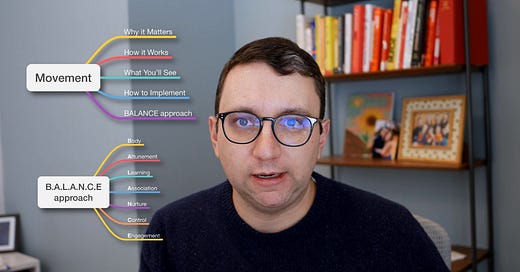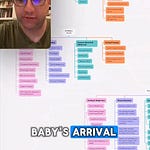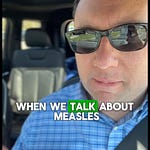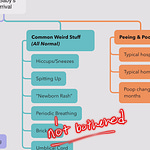If there’s one thing I wish every parent knew about their child’s behavior, attention, or focus, it’s this: More movement. Kids aren’t designed to be still all day, and movement is about more than just burning energy. It’s about fueling the brain, regulating emotions, and improving focus.
Why Movement Matters:
Movement directly impacts brain function and emotional regulation:
Boosts Attention & Mood: It increases dopamine, norepinephrine, and serotonin—neurotransmitters that support focus, memory, and mood regulation.
Lowers Stress: Reduces cortisol (the stress hormone), helping kids transition from ‘fight-or-flight’ to calm focus.
Strengthens Brain Connections: Releases BDNF (Brain-Derived Neurotrophic Factor), a protein that builds neural pathways for learning and memory.
Supports Sensory Regulation: Activities like jumping and crawling engage the proprioceptive and vestibular systems, calming the body and aiding self-regulation.
What You’ll Notice When Kids Move More:
Better Focus: Especially during homework or schoolwork.
Improved Emotional Regulation: Fewer meltdowns, quicker recovery from frustration.
Increased Impulse Control: Reduced wiggles and better self-regulation.
Deeper Sleep: More physical activity during the day leads to easier, more restful sleep.
Simple Ways to Add Movement (No Gym Required):
Before Homework: Jump on the couch, do bear crawls, or race down the hallway.
During Homework: Use a wobble cushion or a stretchy band on their chair legs.
Quick Breaks: Between tasks, pause for 5 minutes of jumping jacks, wall pushes, or freeze dance.
Outdoor Play: Nature naturally encourages movement—get outside when possible.
Movement in the Bigger Picture:
In my B.A.L.A.N.C.E. framework for supporting children with ADHD, movement falls under “Body”—because a regulated body leads to a regulated brain. But it also supports:
Learning (L): Boosting attention and cognitive function.
Control (C): Building self-regulation and impulse control.












Share this post